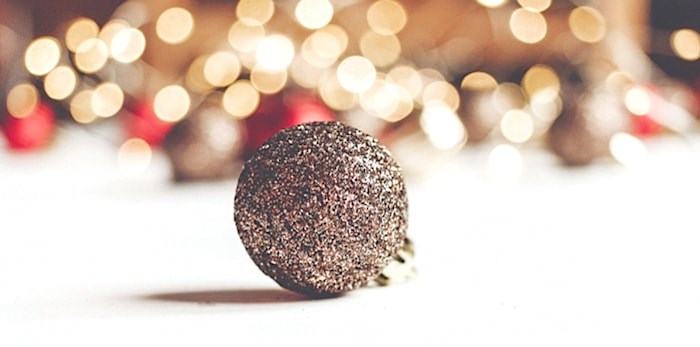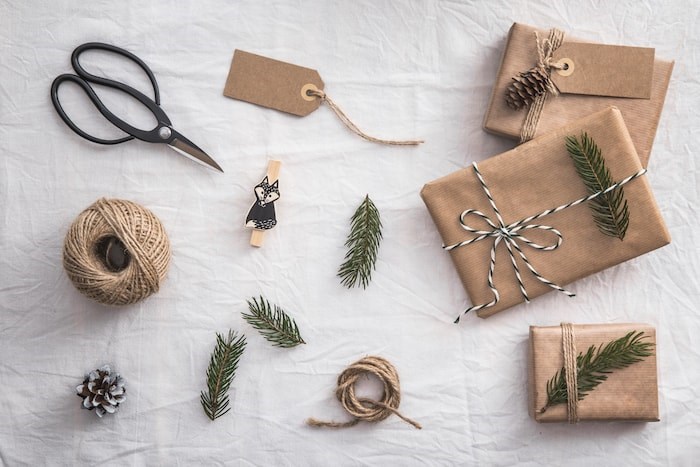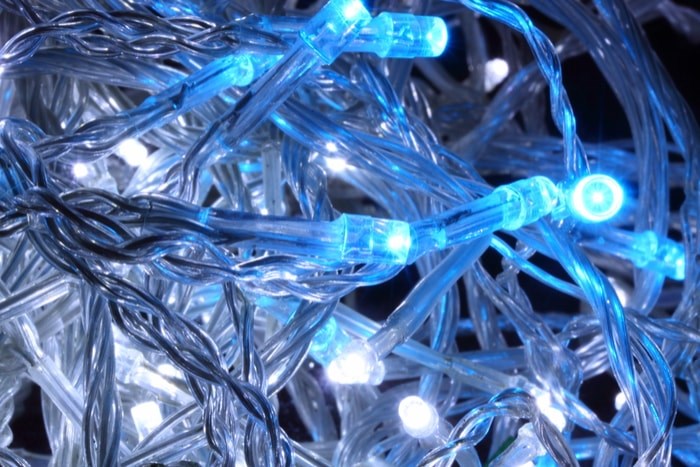At Christmastime, there's a lot of focus on sparkle, whether its in the lights on houses and trees, or shimmering bows and wrapping on gifts. But when it comes to glitter, it turns out the craft item is a bit of a menace to the environment.
 Glittery Christmas ornament/Shutterstock
Glittery Christmas ornament/Shutterstock
"Glitter is a micro plastic and the small size of its particles makes it a potential ecological hazard," says Louise Pedersen, Executive Director of .
The two groups of creatures who struggle most with glitter in their habitats are birds and marine life, according to Pedersen.
"Birds are an inquisitive species and enjoy examining new objects, especially shiny objects, often placing them in their mouths. Once ingested, glitter can be toxic for some birds, and the small, hard edges of glitter can create long-term problems for a birds’ small digestive system," explains Pedersen.
Sea life encounter glitter when it's sent to the ocean via filtration systems, and swallowing the shiny specs can be fatal.
And if you happen to select glittery wrapping paper and the like, often those things end up in the landfill too, and ongoing environmental concern.
Axing glitter from your Christmas (and year-round) craft projects, decorations, and gift embellishments doesn't have to mean you're part of a war on Christmas.
Pedersen and NatureKids BC offer up some alternatives to glitter: "Lentils, rice and pasta can be enhanced with eco-friendly paints or you can make your own glitter using food dyes and salt or sugar. But, for those who really can’t forgo some sparkle this Christmas, biodegradable glitter can be bought online."
There are plenty of ways to make more eco-friendly choices when it comes to brightening the holiday season.
 Recycled Christmas wrapping/Shutterstock
Recycled Christmas wrapping/Shutterstock
Greenpeace Canada suggests swapping out paper wrapping destined for the garbage for some more eco-chic options. "We waste millions of tonnes of paper every year by wrapping gifts in paper that’s only used once! Wrap your gift in a bandanna or printed scarf to save on paper waste this year. The wrapping will double as a second gift!" offers the organization in a blog post.
Another option is to reuse paper from another source, and use a fabric ribbon (they can reuse) instead of tape and disposable ribbon. Think about using old magazines, newspaper, maps, and so on instead of reaching for a roll of wrapping paper. You can re-use wrapping paper, too, provided you get good at the art of gently opening packages (kids may not be so adept at this in the present-opening frenzy of Christmas morning).
The eco-impact of Christmas trees can be a divisive issue, too. The instinct might be to think that cutting down a tree is harmful to the environment, however the consensus is that while a live tree can be composted/recycled, artificial trees come with the burden of being made with chemicals, being non-biodegradable, and are often shipped from overseas--altogether more damaging to the earth.
 LED lights/Shutterstock
LED lights/Shutterstock
A few other ideas for making Christmas decor more eco-friendly:
- Make sure your lights are LED
- Decorate your home and tree with natural items (food, branches, pinecones, etc)
- Choose ornaments made of durable material that will last a long time (i.e. skip the cheap plastic stuff)
- Make your own ornaments out of recycled paper, old CDs, ribbons scraps, salt dough and so on.
- Build a "tree" out of alternative material, such as stacked books or cardboard
- Cut up old Christmas greeting cards to make decorations or a wreath.


